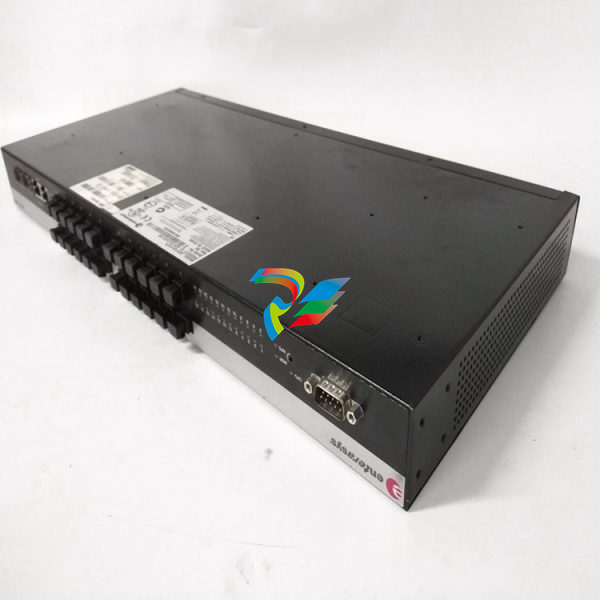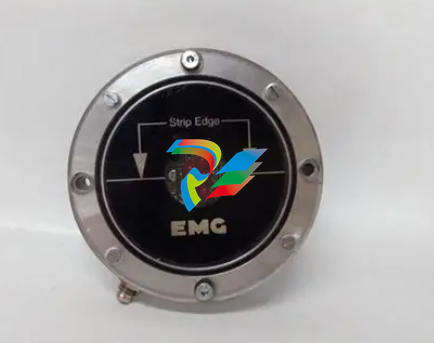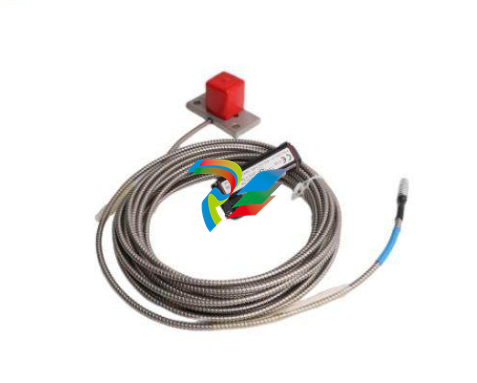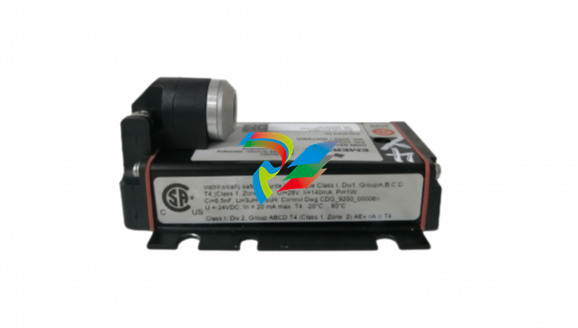
ABBDCS Thyristor Power Converters for DC Drive Systems 25 to 5150 A Operating Instructions DCS 600 MultiDrive
A: reference value jump
B: undercompensated; reset time and P-gain too small
C: undercompensated; P-gain too small
D: normal
E: slightly overcompensated; when a higher dynamic response is required
F: overcompensated; short reset time and a high P-gain
For this purpose, the following parameters at the speed controller must be adapted:
24.03 (KPS) = desired response (behaviour) of controller
24.09 (TIS) = desired response (behaviour) of controller
Only when fine-balancing of the EMF controller is wanted!
(Necessary when work as per section 2.6.3. has been performed)
For assessing control quality, the Fig. entitled "Transient response of controller"
( ⇒ beginning of this chapter) can be used.
41.19 = ? reference armature voltage scaled
to Supply voltage
- If fine-balancing of the EMF controller is wanted,
potentiometers’ settings must be adapted:
17.01 (POT1) approx. 10 % bigger than speed at
field weakening point
17.02 (POT2) approx. 10% smaller than speed at
field weakening point
The following parameters at the EMF controller
must be adapted:
46.03 (EMF_KP) = desired response (behaviour) of controller
46.04 (EMF_KI) = desired response (behaviour) of controller.
Stop the drive and switch OFF power!
15.02 = 0
17.01 = 0
17.02 = 0
99.02 = Rated motor voltage as set in Chapter 2.2
99.05 = Speed at rated motor voltage as set in Chapter 2.2.
2.8 Matching the thyristor power converter unit to the system conditions concerned
- Ramp function generator
- Binary inputs and outputs
- Limit-value messages
- Additional functions
- Link up APC or Fieldbus
2.9 Manual balancing of the controllers
Balancing of the controllers for the armature-circuit current and the field current can be
performed by auto-tuning. If this is not possible for some reason, balancing of these controllers as well as balancing of the controllers for speed and EMF has to be performed
by the skilled technical start-up personnel.
See also the separate Software Description DCS 600, chapter ”Manual Tuning”





























































































































